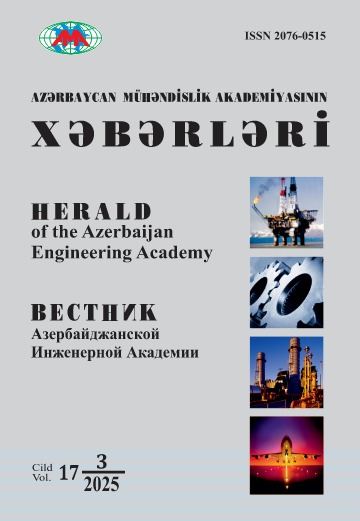The Acousto-Optical Means for Optimal Radio Receiving
DOI:
https://doi.org/10.52171/2076-0515_2023_15_04_89_95Keywords:
radar, noise, optimal linear filter, photoelastic effect, delay line, acousto-opticsAbstract
The article substantiates the importance of radar and analyzes its main characteristic features. It is shown that one of its most essential problems is the selection of a weak signal comparable with noise from a signal-to-noise mixture. It is noted that the problem can be solved only with the use of special technical means. The possibility of using an optimal linear filter for solving the problem is discussed. It is proved that the optimal linear filter, the parameters of which are adapted to the parameters of the probing signal, can provide effective receiving of the signal reflected from the object. It is shown that the main component of such an optimal linear filter is a device that provides a time delay for the signal. Most of radar systems use delay lines that provide a fixed time offset, in which case only one known pulse can be received. The peculiarities of the photo-elastic effect are discussed in the context of the formation of the required time delay. It is shown that in this case it is possible to smoothly adjust the required time delay in a wide range. It has been proven that an optimal linear filter with wider functional potentialities can be synthesizes on the basis of an acousto-optical delay line.
Downloads
Published
How to Cite
Issue
Section
License

This work is licensed under a Creative Commons Attribution-NonCommercial 4.0 International License.



